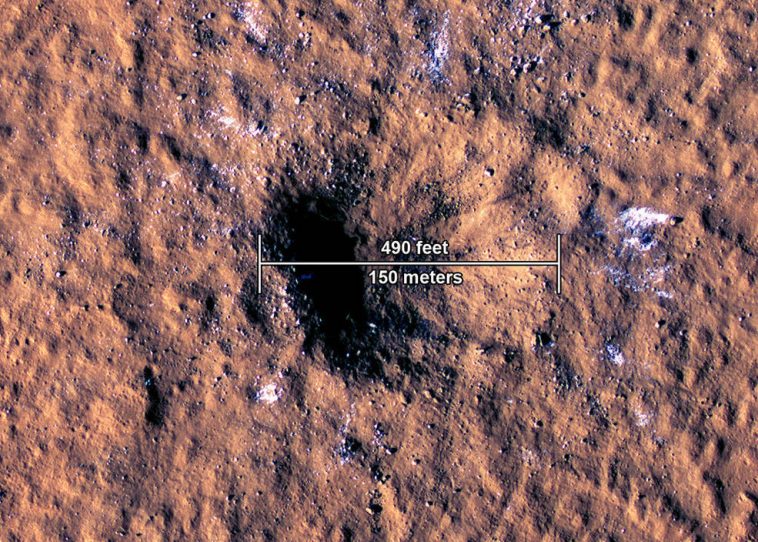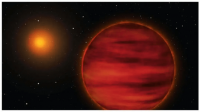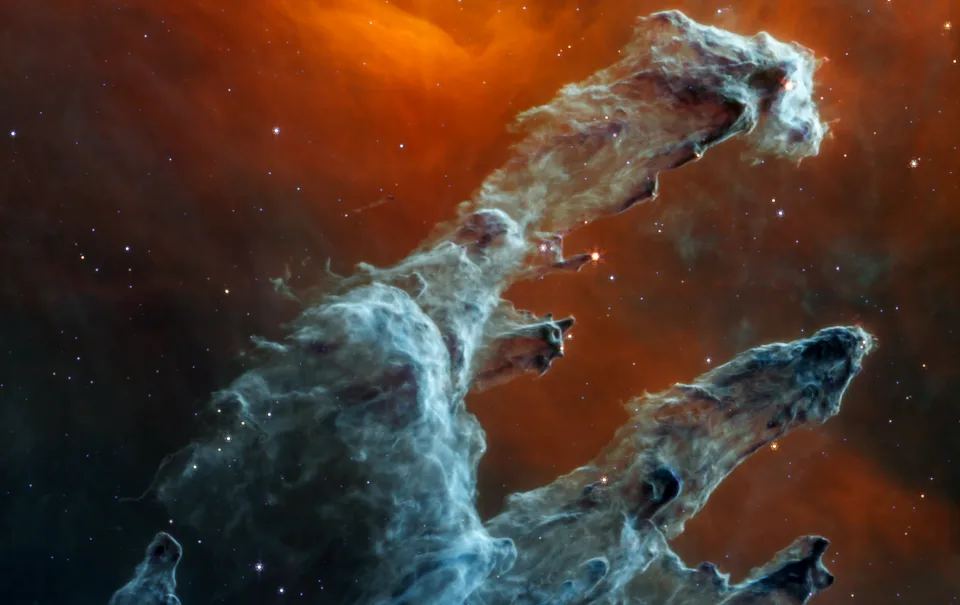The agency’s lander felt the ground shake during impact, while cameras on the Mars Reconnaissance Orbiter spotted yawning new craters from space.
NASA’s InSight lander recorded a magnitude 4 Mars quake on Dec. 24 last year, but scientists didn’t know the cause of the quake until later: It’s estimated to be the largest seen on Mars since NASA began exploring the universe One of the meteoroid impacts. What’s more, the meteoroid unearthed more boulder-sized chunks of ice buried near the Martian equator than ever before — a discovery that has implications for NASA’s future plans to send astronauts to the Red Planet .
Scientists determined the earthquake was caused by a meteoroid impact after looking at before and after images from NASA’s Mars Reconnaissance Orbiter (MRO) and discovering a new, yawning crater. The event and its effects provided a rare opportunity to see how a massive impact shook the Martian ground and are detailed in two papers published Thursday, Oct. 27 in the journal Science.
The impact crater was formed by a meteoroid impact on Mars’ Amazonian plains region on December 24, 2021, and is approximately 490 feet (150 meters) in diameter, as shown by the High Resolution Imaging Science Experiment (HiRISE Camera) on NASA’s Mars Reconnaissance Orbiter. ) are shown in the annotated images taken.
The meteoroid is estimated to have spanned 16 to 39 feet (5 to 12 meters) — small enough for it to burn up in Earth’s atmosphere, but not in the thin atmosphere of Mars, which is only 10 percent as dense as our planet’s %. The impact, which occurred in an area called the Amazonian plains, blew up a crater about 492 feet (150 meters) in diameter and 70 feet (21 meters) deep. Some ejecta from the impact flew 23 miles (37 kilometers) away.
With images and seismic data documenting the event, it is believed to be one of the largest craters ever recorded anywhere in the solar system. Many larger craters exist on the Red Planet, but they are significantly older and predating any mission to Mars.
“Discovering a new impact on this scale is unprecedented,” said Brown University’s Ingrid Daubar, who leads the InSight Impact Science Working Group. “This is an exciting time in geological history and we have to witness it.




GIPHY App Key not set. Please check settings